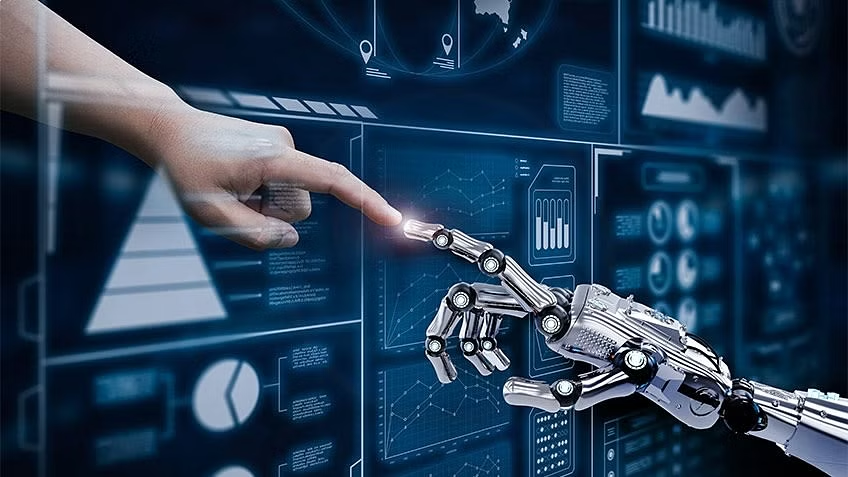zoomacademia – Machine learning (ML) is a dynamic branch of artificial intelligence (AI) that focuses on creating systems that learn from data. Instead of being programmed with specific rules, ML algorithms analyze data to identify patterns and make predictions. This capability is revolutionizing various industries. In this article, we’ll explore the basics of machine learning, its applications, benefits, challenges, and what the future may hold.
What is Machine Learning?
Machine learning is about teaching computers to learn from data and make decisions based on that information. The goal is to enable machines to improve their performance as they process more data.
Types of Machine Learning
- Supervised Learning: This involves training an algorithm on a labeled dataset, where each example has an associated output. The model learns to predict outcomes based on input data. Common uses include image classification and email filtering.
- Unsupervised Learning: In this approach, the algorithm is trained on data without labeled responses. It seeks to identify patterns or groupings within the data. Examples include customer segmentation and clustering similar items.
- Reinforcement Learning: Here, an agent learns to make decisions by interacting with an environment. It receives rewards or penalties based on its actions, which helps it improve over time. This method is often used in robotics and gaming.
Applications of Machine Learning
Machine learning is making a significant impact across various sectors, including:
- Healthcare: ML helps in diagnosing diseases, predicting patient outcomes, and tailoring treatment plans based on individual data.
- Finance: It’s used for fraud detection, risk assessment, and algorithmic trading, improving efficiency and security in transactions.
- Marketing: Businesses leverage ML for personalized advertising, customer insights, and predictive analytics, enhancing user experiences.
- Transportation: Autonomous vehicles rely on ML for navigation and optimizing routes, making travel safer and more efficient.
- Natural Language Processing (NLP): ML powers applications like chatbots and language translation, enabling machines to understand and interact using human language.
Benefits of Machine Learning
The advantages of machine learning are substantial:
- Better Decision-Making: ML algorithms can process large volumes of data quickly, providing insights that drive strategic decisions.
- Automation: By automating repetitive tasks, machine learning allows humans to focus on more complex, creative work.
- Personalization: ML enables businesses to create tailored experiences for customers, improving satisfaction and loyalty.
- Predictive Insights: Organizations can use ML to forecast trends and behaviors, allowing for proactive planning.
Challenges in Machine Learning
While machine learning offers many benefits, it also presents challenges:
- Data Quality: The accuracy of ML models depends on high-quality data. Poor data can lead to unreliable predictions.
- Overfitting and Underfitting: Striking a balance in model complexity is essential. Overfitting occurs when a model is too tailored to the training data, while underfitting happens when it fails to capture the underlying patterns.
- Ethical Issues: The use of machine learning raises concerns about algorithmic bias, data privacy, and potential misuse of technology.
- Interpretability: Many ML models, particularly deep learning systems, operate as “black boxes,” making it challenging to understand how they reach conclusions.
The Future of Machine Learning
The future of machine learning is bright, with advancements in algorithms, computing power, and data availability. Key trends include:
- Federated Learning: This method allows models to be trained across decentralized data sources, enhancing privacy and security.
- Explainable AI: There is increasing focus on developing models that are transparent, enabling users to understand decision-making processes.
- Edge Computing: As IoT devices become more common, machine learning will increasingly be applied directly on devices, allowing for real-time analysis and decision-making.
Conclusion
Machine learning is transforming how we interact with technology and each other. Its ability to analyze data and derive insights is reshaping industries and improving efficiency. By addressing existing challenges and fostering responsible practices, we can unlock the full potential of machine learning, paving the way for a smarter, more innovative future.







